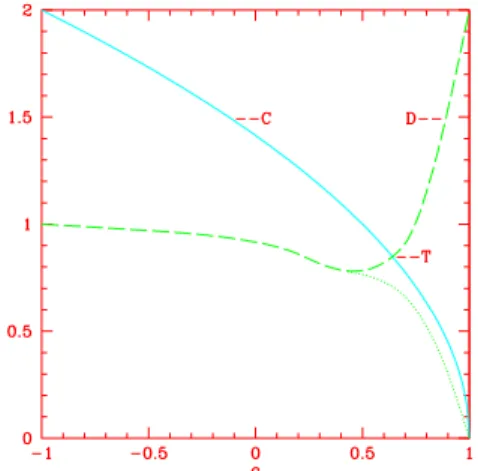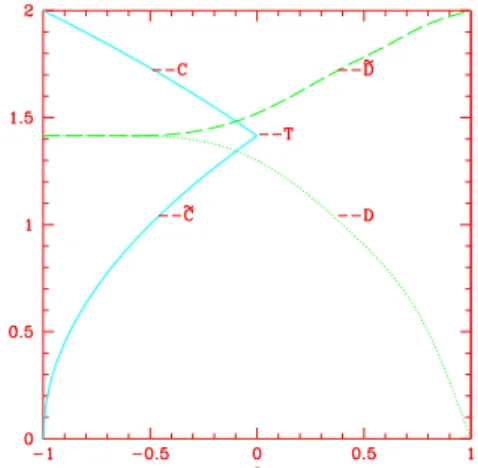Absence of Asymptotic Freedom in Non-Abelian Models
Volltext
Abbildung


ÄHNLICHE DOKUMENTE
20 The number of hopping operators may depend on the symmetry used: For a chain of spin 1/2 fermions treated in terms of SU(2) × U(1) symmetry, for example, one has a single
Keywords: birth and death process; structured population; adaptive dynamics; individual based model; averaging technique; trait substitution sequence.. Mathematical
We prove under the usual smoothness assump- tions, starting from a stochastic birth and death process model, that, when advantageous mutations are rare and mutational steps are not
We attribute the overall good agreement with ob- servations to the combined eects of (1) the south- ward extension of the model domain into the inner Weddell Sea and toward
Mit Hilfe unserer FFT Algorith- men vergleichen wir die finiten Risiken der finiten und der asymptotischen minimax Sch¨ atzer sowie der Sch¨ atzer, die auf der O
The asymptotic distribution of impact multipliers for a non-linear structural econometric model,. Bianchi, Carlo and Calzolari, Giorgio and
Previous experimental research has shown that such models can account for the information processing of dimensionally described and simultaneously presented choice
Political integration should pave the way for the formation of a single European army, moving beyond NATO’s “smart defense” concept to a far more efficient and legitimate